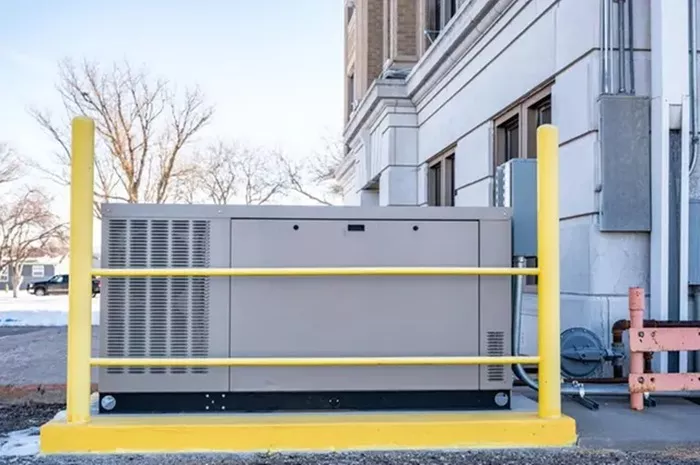The global market for gas-fired real estate generators is growing steadily. This rise is mainly driven by ongoing infrastructure development and increasing urbanization, according to a report from Global Market Insights. Demand for reliable power solutions is also rising worldwide.
Gas-fired generators are used as backup or main power sources. They run on natural gas or propane. These generators help ensure a steady electricity supply when the power grid fails or is unavailable.
New technologies like remote monitoring and the Internet of Things (IoT) are improving these systems. They allow users to track fuel levels, maintenance needs, and performance in real time. This makes gas-fired generators more attractive to various sectors.
The growth of commercial and residential buildings, along with more infrastructure investments, is expected to increase the demand for gas generators, especially in emerging markets.
The market was valued at $262.7 million in 2024. It is expected to grow at an annual rate of 9.4% between 2024 and 2034, the report said.
Generators in the 50 kVA to 125 kVA range are predicted to generate over $125 million in sales by 2032. Businesses and property owners are investing in these units to maintain energy security during power outages.
Areas with frequent power cuts or unstable electricity grids are also driving market growth. The need for reliable power in these regions is a key factor, the report added.
Innovations that improve fuel efficiency, cut emissions, and reduce noise are encouraging more users to adopt gas-fired generators.
Generators designed for prime and continuous use are expected to grow at about 9% annually through 2032. Advances in fuel efficiency and easier operation support this growth.
Both public and private sectors are investing in advanced technologies such as turbocharging and electronic fuel injection. These innovations help reduce greenhouse gas emissions, meeting stricter environmental regulations.
In the United States, the market is expected to surpass $60 million by 2032. Growth there is driven by increased power outages due to severe weather, old infrastructure, and rising electricity demand.
Property owners in the U.S. are also more aware of disaster preparedness. This awareness is positively impacting the market, the report noted.

